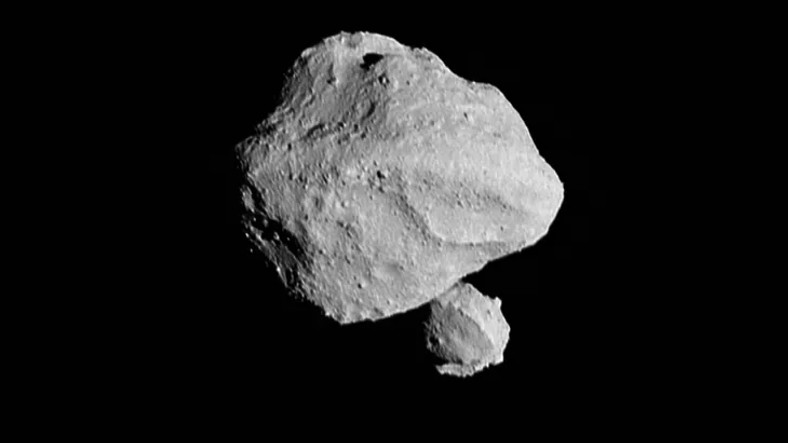The Kepler space telescope stopped collecting data in 2018 but remains a source of discovery. To date, Kepler data contain the largest set of exoplanets and exoplanet candidates. NASA scientists reanalyzed this telescope’s data archive and presented an updated catalog of stars, systems, and exoplanets, including previously unknown planets.
In particular, the Kepler-385 star system was the discovery of the new edition of the catalogue. In 2014, an orbital telescope discovered four exoplanets in this system. Using new data from stars, primarily taking into account those collected by the European Gaia astrometric telescope, the analysis allowed us to discover three additional exoplanets in the Kepler-385 system.
Let us recall, the Kepler telescope determined the existence of exoplanets using the transit method, regarding changes in the brightness of the star and estimating the time of decreases in brightness when a planet invisible under normal conditions passes in front of the disk of the host star. As the accuracy of measuring the parameters of stars increases, the accuracy of such measurements also increases.
The Kepler-385 system, located 4,670 light-years away from us, has seven confirmed planets, making it rare. Very few such multiplanet systems have been discovered today.
One of the values of such a discovery is that we can directly determine the eccentricity of exoplanet orbits. This is almost impossible to do for a single planet that we cannot see. For a planetary system with several transits (planets), the shape of the orbits is determined relatively simply. So measurements of the orbits of the Kepler-385 system’s exoplanets showed that they have nearly circular orbits. This confirmed previous findings based on simulations showing that as the number of planets in a system increases, their orbits become less elongated.
From the perspective of the search for extraterrestrial life, it is unlikely that all seven planets of the Kepler-385 system are suitable for this in our understanding. They are all very close to their stars and obviously receive large amounts of radiation in the form of heat, ultraviolet and radiation.
The new edition of the updated catalog of exoplanets found by the Kepler telescope is a data-structured edition that will help you make multiple astronomical discoveries without leaving your office. Modern astronomy instruments collect so much data that scientific communities do not have time to process it, even with the participation of supercomputers.













